
Endangered Animals Of India Project For Class 9th
Introduction
India, often celebrated as the “Land of Diversity,” boasts an extraordinary wealth of biodiversity that is both unparalleled and multifaceted. From the regal Bengal Tiger prowling the Sundarbans to the elusive Snow Leopard navigating the Himalayan peaks, India is the privileged home to a plethora of wildlife species that captivate the imagination of nature enthusiasts worldwide.
The essence of this project lies in illuminating the critical issue of endangered animals in India. These captivating creatures not only symbolize our nation’s rich ecological heritage but also serve as barometers of our ecosystems’ health. Their existence is threatened by a spectrum of human-induced perils, including habitat degradation, poaching, climate fluctuations, and pollution.
By delving into the lives of these endangered animals, we aspire to heighten awareness of their precarious circumstances and emphasize the urgency of conservation endeavors. These species are intricately woven into India’s cultural and ecological identity, thus bestowing upon us a collective responsibility to safeguard and preserve them for posterity.
Through this project, we embark on a captivating journey, exploring the lives of 14 of India’s most endangered animals. In doing so, we gain profound insights into their habitats, challenges, and the ongoing conservation initiatives that strive to secure their existence for generations to come.
Endangered Species
Bengal Tiger

Scientific Name: Panthera tigris tigris
Habitat: Bengal tigers are predominantly residents of the lush mangrove forests of the Sundarbans, as well as the expansive grasslands and deciduous forests of India.
Threats: Bengal tigers confront a multitude of threats, encompassing habitat loss attributable to deforestation and human encroachment, the menace of poaching for their prized body parts, and the ever-pressing human-tiger conflicts.
Conservation Efforts: India has embarked on significant endeavors to safeguard Bengal tigers. This includes the establishment of numerous tiger reserves and the launch of dedicated conservation projects. These efforts integrate anti-poaching measures, habitat restoration initiatives, and active involvement from local communities.
Indian Elephant
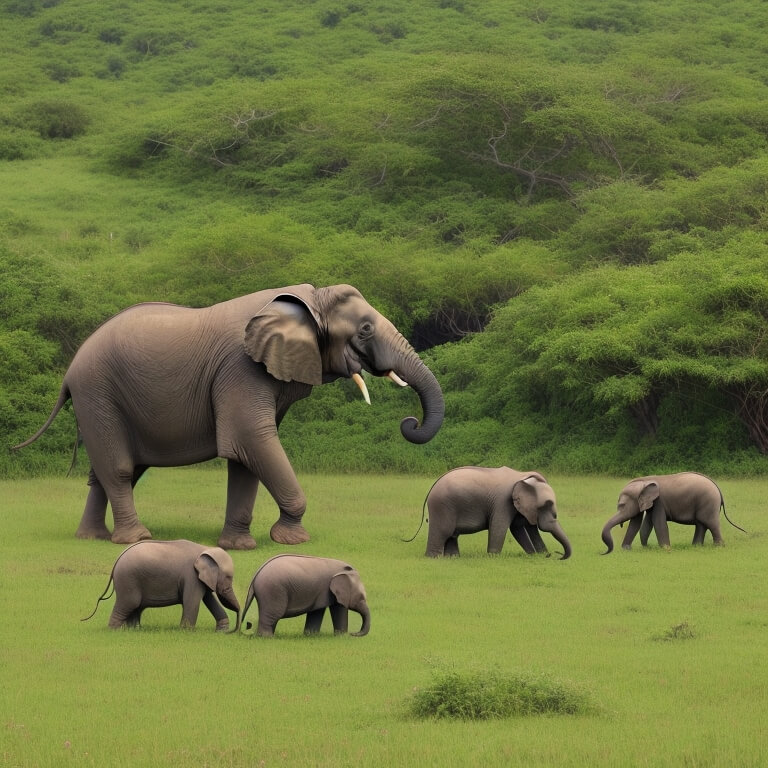
Scientific Name: Elephas maximus indicus
Habitat: Indian elephants are versatile dwellers, inhabiting diverse landscapes such as forests, grasslands, and wetlands. They are known for their seasonal migrations in search of sustenance and water.
Threats: The specter of habitat fragmentation and loss, primarily due to agricultural expansion and infrastructure development, looms large over Indian elephants. Additionally, they grapple with the peril of poaching for their valuable ivory and the challenges posed by human-elephant conflicts.
Conservation Efforts: Conservation initiatives have yielded the creation of protected areas, designated corridors for elephant movement, and measures aimed at mitigating human-elephant conflicts. Stringent anti-poaching measures remain steadfast in the fight against the illicit ivory trade.
Snow Leopard
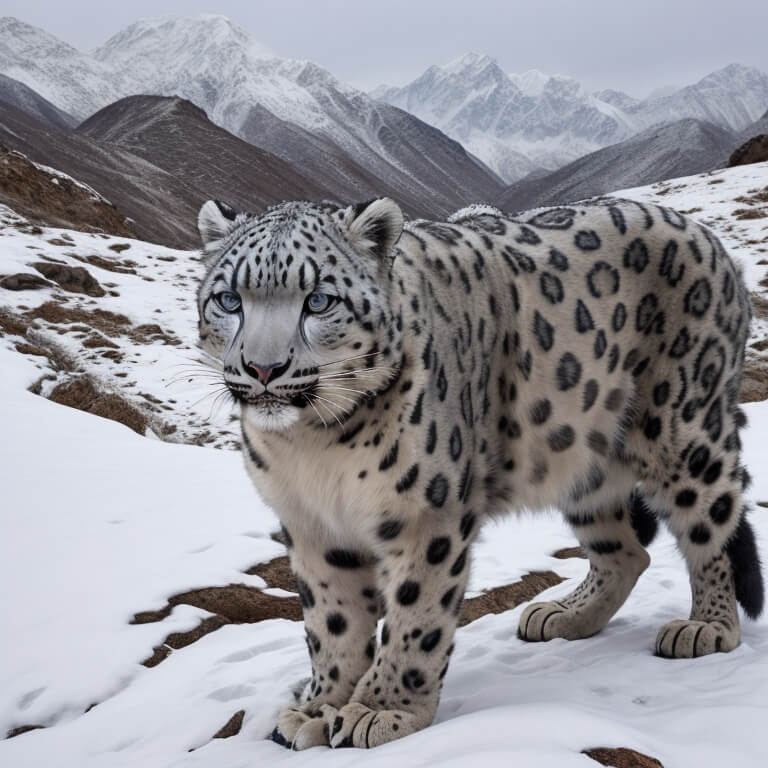
Scientific Name: Panthera uncia
Habitat: Snow leopards are true high-altitude specialists, thriving in the challenging terrain of the Himalayas and the Trans-Himalayas.
Threats: These elusive felines are imperiled by the loss of their habitat, poaching driven by the allure of their fur and bones, and retaliatory killings provoked by livestock predation.
Conservation Efforts: India has erected protective havens within its mountainous landscapes to secure the future of snow leopards. Conservation programs are rooted in community-driven initiatives, extensive research, and unwavering anti-poaching campaigns.
Indian Rhinoceros (One-horned Rhinoceros)

Scientific Name: Rhinoceros unicornis
Habitat: Indian rhinoceroses make their homes in the expansive tall grasslands and swamps of the Terai region and the Brahmaputra floodplains.
Threats: This magnificent species faces threats stemming from habitat destruction, ruthless poaching driven by the demand for their coveted horns, and illicit trade networks.
Conservation Efforts: Conservation endeavors have included the establishment of sanctuaries tailored to rhino protection and the vigilant enforcement of anti-poaching measures. Translocation initiatives have also been undertaken to establish new populations and fortify their numbers.
Asiatic Lion
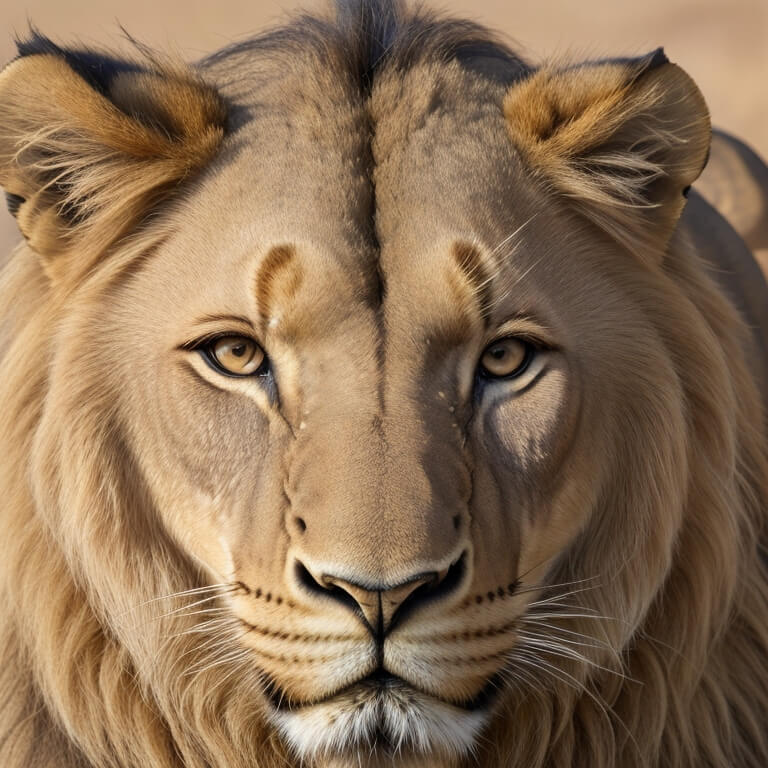
Scientific Name: Panthera leo persica
Habitat: Asiatic lions call the Gir Forest of Gujarat, India, their home.
Threats: These majestic creatures grapple with primary threats, including habitat loss due to human activities, poaching, and a limited gene pool owing to their small population.
Conservation Efforts: Dedicated conservation endeavors have concentrated on safeguarding their dwindling habitat, mitigating human-lion conflicts, and creating a second population in a distinct location to ensure genetic diversity.
Red Panda

Scientific Name: Ailurus fulgens
Habitat: Red pandas inhabit the temperate forests of the Eastern Himalayas in India.
Threats: The survival of red pandas is jeopardized by habitat fragmentation and loss, poaching, and illegal pet trade.
Conservation Efforts: Conservation initiatives involve the establishment of protected areas, community-based conservation programs, and rigorous measures to combat poaching and illegal trade.
Great Indian Bustard
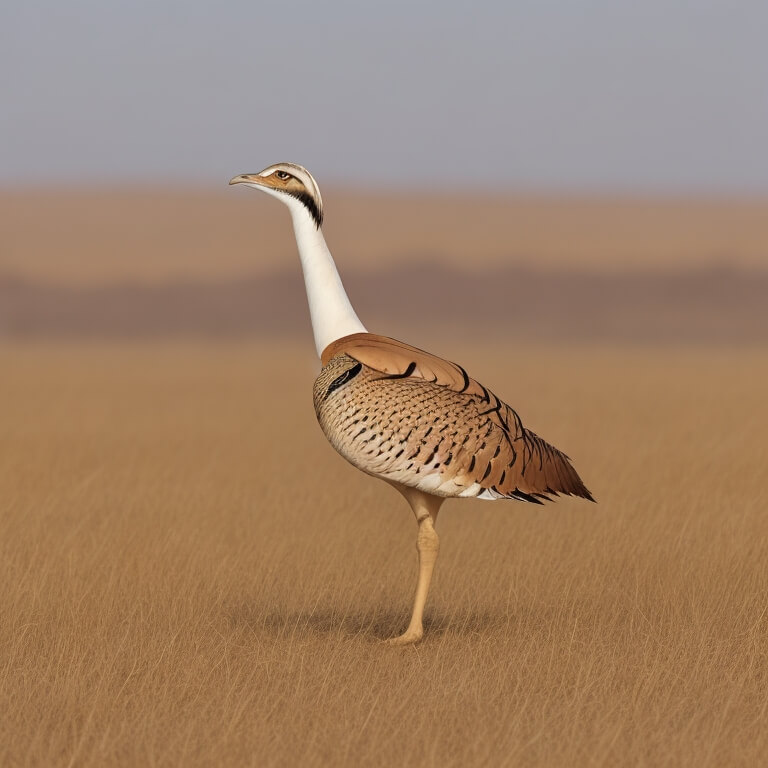
Scientific Name: Ardeotis nigriceps
Habitat: Great Indian bustards thrive in arid and semi-arid grasslands and scrublands.
Threats: Their numbers have seen a significant decline due to habitat degradation caused by agriculture, infrastructure development, and hunting.
Conservation Efforts: Conservation efforts encompass the identification and protection of their remaining habitats, captive breeding programs, and community engagement in conservation.
Indian Pangolin

Scientific Name: Manis crassicaudata
Habitat: Indian pangolins are adaptable, inhabiting diverse landscapes from forests to grasslands.
Threats: The peril of poaching for their scales, sought after in traditional medicine, and habitat destruction loom large over Indian pangolins.
Conservation Efforts: Conservation initiatives focus on curbing the illegal trade, raising awareness about pangolin conservation, and safeguarding their habitats.
Gharial
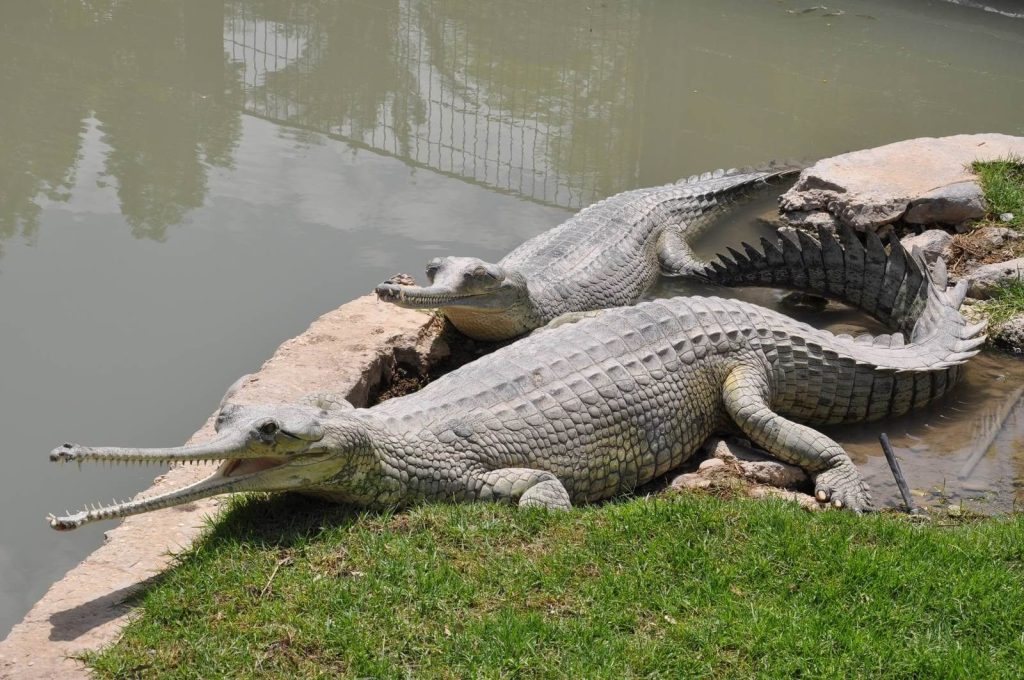
Scientific Name: Gavialis gangeticus
Habitat: Gharials primarily reside in the rivers and wetlands of northern India.
Threats: Habitat degradation, fishing-related mortality, and accidental entanglement in fishing nets are significant threats to gharials.
Conservation Efforts: Conservation programs encompass habitat protection, captive breeding, and efforts to reduce human-gharial conflicts.
Nilgiri Tahr
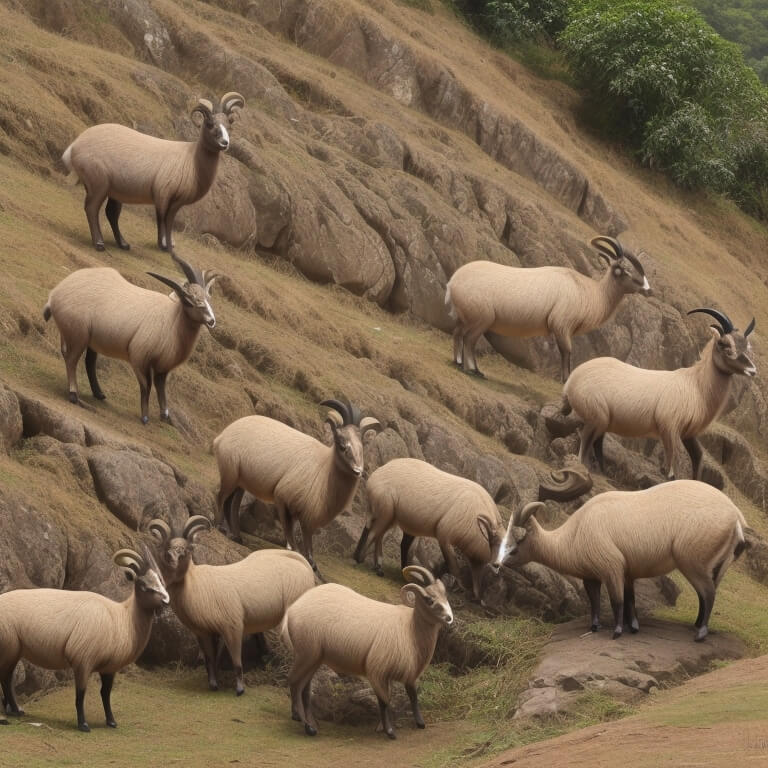
Scientific Name: Nilgiritragus hylocrius
Habitat: Nilgiri tahrs inhabit the montane grasslands of the Western Ghats.
Threats: The decline of Nilgiri tahrs is driven by habitat destruction due to tourism, grazing, and agriculture, as well as poaching.
Conservation Efforts: Conservation measures include the creation of protected areas, habitat restoration, and community involvement in conservation.
Hangul (Kashmir Stag)

Scientific Name: Cervus hanglu hanglu
Habitat: Hangul can be found in the dense forests of the Kashmir Valley.
Threats: Habitat loss due to deforestation, human encroachment, and poaching pose significant threats to the Hangul.
Conservation Efforts: Conservation initiatives comprise habitat restoration, anti-poaching measures, and captive breeding programs aimed at bolstering their population.
Indian Vulture
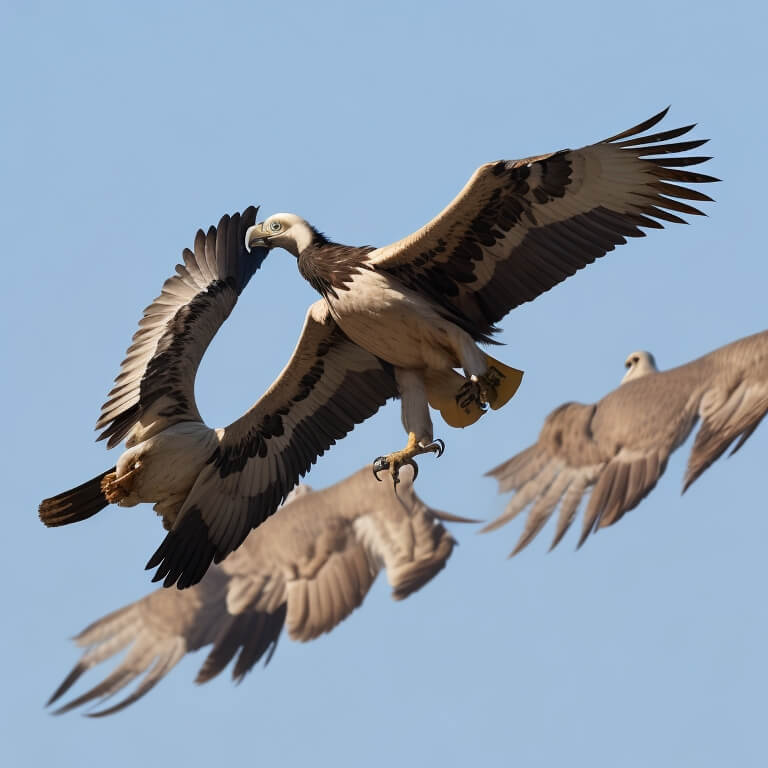
Scientific Name: Gyps indicus
Habitat: Indian vultures inhabit diverse environments, including grasslands, open forests, and urban areas.
Threats: The dwindling population of Indian vultures is primarily attributed to the use of diclofenac, a veterinary drug toxic to vultures, as well as habitat loss.
Conservation Efforts: Conservation programs revolve around banning diclofenac, establishing vulture-safe zones, and implementing captive breeding programs for population recovery.
These endangered species are facing various threats, but through conservation efforts, there is hope for their survival and recovery in the wild.
Acknowledgment
I want to express my heartfelt gratitude to all those who provided invaluable support and guidance during the course of this project. First and foremost, my teachers deserve special recognition for their unwavering encouragement and valuable insights, which have played a pivotal role in shaping this project.
I extend my deep appreciation to my parents and family members for their constant encouragement and patience. Their unwavering support has been a constant source of motivation throughout this journey.
I am also grateful to my classmates for their camaraderie, creative ideas, and for fostering a positive learning environment.
Furthermore, I would like to thank the experts and researchers whose work and publications served as indispensable resources during my research. Their dedication to the field of wildlife conservation has been truly invaluable.
Lastly, I want to express my gratitude to the various wildlife organizations and passionate conservationists who work tirelessly to protect India’s endangered species. Their commitment serves as a profound source of inspiration and underscores the importance of collective efforts to safeguard our nation’s unique biodiversity.
Conclusion
In the heart of India’s diverse and captivating landscapes, a delicate equilibrium persists, nurturing countless species that have gracefully adapted and flourished for centuries. Yet, this intricate tapestry of life now stands imperiled, as many of its inhabitants teeter on the brink of extinction. Through this undertaking, we’ve embarked on a journey, acquainting ourselves with the narratives of 12 of India’s endangered animals. Each of them serves as a living testament to the country’s awe-inspiring biodiversity.
The adversities these species confront, from relentless habitat loss and the relentless menace of poaching to the complex labyrinth of human-wildlife conflicts, beckon us to reckon with our role as custodians of the interconnected web of life that envelops us. Their conservation transcends ecological concern; it is a profound commitment to safeguarding India’s natural legacy for posterity.
We cannot overlook the commendable endeavors undertaken by conservationists, dedicated wildlife organizations, and steadfast local communities in the quest to shield these endangered species. Their unwavering dedication and ceaseless toil illuminate a ray of hope amid the encroaching shadows.
The destiny of these species pivots upon our shared responsibility to disseminate awareness, bolster conservation initiatives, and ardently advocate for the preservation of their habitats. In doing so, we pledge to ensure that these extraordinary beings continue to grace India’s landscapes, bestowing upon us the privilege to cherish and preserve our nation’s natural heritage for generations yet unborn.
Certificate of Completion
[Student’s Name][Class/Grade Level]This is to certify that I, [Student’s Name], a [Class/Grade Level] student, have successfully completed the project on “Endangered Animals Of India Project For Class 9th.” The project explores the fundamental principles and key aspects of the chosen topic, providing a comprehensive understanding of its significance and implications.
In this project, I delved into in-depth research and analysis, investigating various facets and relevant theories related to the chosen topic. I demonstrated dedication, diligence, and a high level of sincerity throughout the project’s completion.
Key Achievements:
Thoroughly researched and analyzed Endangered Animals Of India Project For Class 9th.
Examined the historical background and evolution of the subject matter.
Explored the contributions of notable figures in the field.
Investigated the key theories and principles associated with the topic.
Discussed practical applications and real-world implications.
Considered critical viewpoints and alternative theories, fostering a well-rounded understanding.
This project has significantly enhanced my knowledge and critical thinking skills in the chosen field of study. It reflects my commitment to academic excellence and the pursuit of knowledge.
Date: [Date of Completion]Signature: [Your Signature] [School/Institution Name][Teacher’s/Examiner’s Name and Signature]
In order to download the PDF, You must follow on Youtube. Once done, Click on Submit
Follow On YoutubeSubscribed? Click on Confirm
Download Endangered Animals Of India Project For Class 9th PDF






